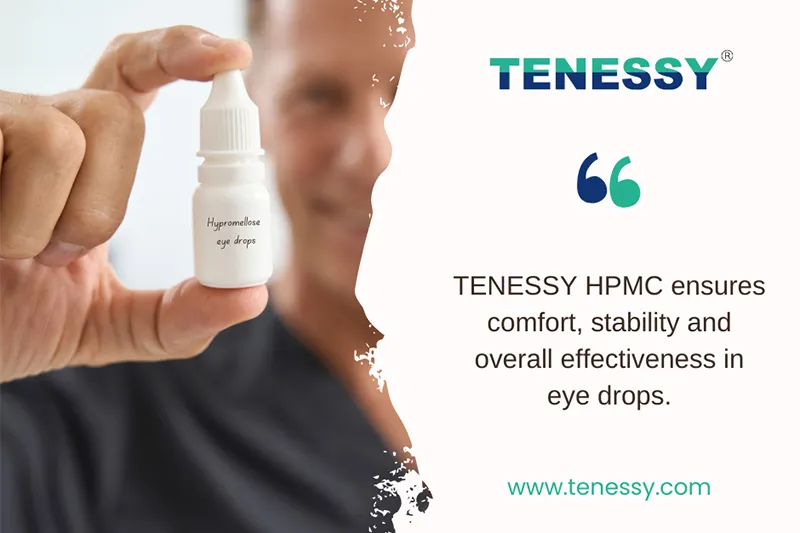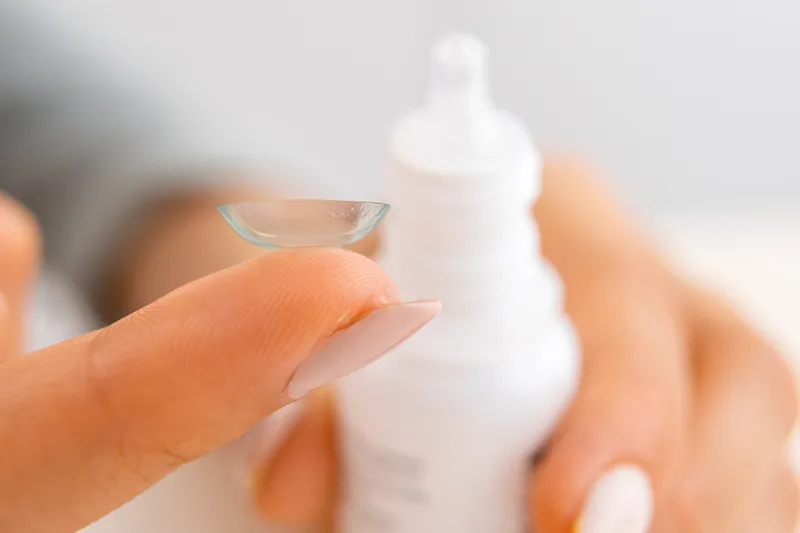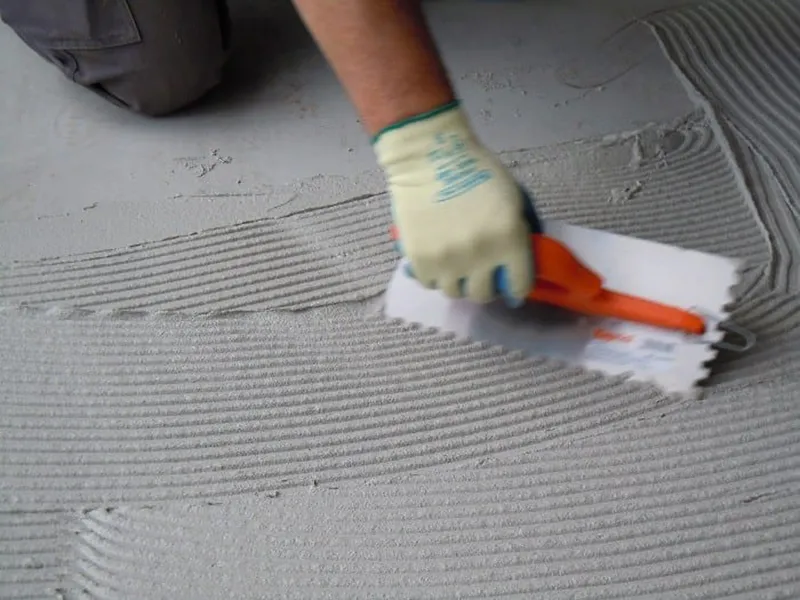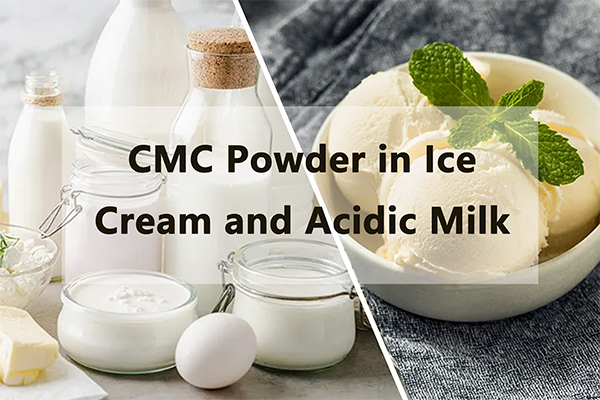
In this article, we’ll take a closer look at why HPMC is so widely used in ophthalmic formulations, what it does inside the bottle—and more importantly—what it does once it reaches the surface of the eye.
I.What Is HPMC and Why Is HPMC Used in Eye Drops?
When a patient applies hypromellose eye drops, HPMC helps form a thin, protective layer over the eye surface—acting as a tear substitute and moisture shield. It slows down evaporation and relieves irritation, especially for people with dry eyes, post-surgery discomfort, or prolonged screen use.
II.Why Is HPMC in Eye Drops So Important?
1. Keeps the Eye Moisturized Longer
HPMC increases the viscosity of eye drops, which allows the liquid to stay on the eye longer. Unlike watery formulas that evaporate in seconds, HPMC in eye drops helps provide sustained hydration and comfort.
2. Forms a Protective Barrier
3. Enhances Drug Delivery
When used in medicated eye drops, HPMC can improve how long the active ingredient remains on the eye, increasing bioavailability and effectiveness. This is why many hydroxypropyl methylcellulose eye drops are found in combination with anti-allergy or anti-inflammatory agents.
4. Improves Drop Feel and Flow
The viscosity of HPMC can be customized to create a smooth, comfortable drop that isn’t too thick or too runny—an important part of patient experience and product differentiation.
III.Why Manufacturers Choose HPMC in Eye Drops?
For pharmaceutical formulators and eye drop manufacturers, HPMC offers more than just performance in the eye—it’s a reliable, stable, and globally accepted ingredient. Here’s why it’s a favorite:
✅ Available in multiple viscosity grades to suit different product types
✅ Compatible with a wide range of APIs and excipients
✅ Supports both preserved and preservative-free systems
✅ Stable under thermal sterilization and long shelf life
✅ Accepted in USP, EP, JP pharmacopeias
Whether you’re formulating standard artificial tears or advanced combination drops, hypromellose gives you the flexibility to fine-tune texture, stability, and release behavior.

IV.Common Applications of Hypromellose Eye Drops
| Application | Function |
|---|---|
| Artificial tears | Relieves dry, itchy, or burning eyes |
| Post-surgical lubrication | Keeps eyes hydrated after cataract surgery |
| Allergy relief eye drops | Combined with antihistamines to reduce irritation |
| Contact lens hydration solutions | Adds moisture and reduces discomfort |
In all these cases, hydroxypropyl methylcellulose eye drops help maintain moisture and protect the delicate surface of the eye.
V.The Future of HPMC in Eye Drop Innovation
As the eye care industry continues to evolve, so does the role of HPMC. New product trends include:
Long-acting eye drops using HPMC in gel or sustained-release formulations.
Dual-polymer systems combining HPMC with hyaluronic acid for better hydration.
Preservative-free single-dose packaging made possible by HPMC’s stability and compatibility.
Night-use drops with enhanced viscosity for lasting overnight protection.
HPMC is also being explored in drug-eluting eye inserts and bioadhesive films, opening the door for even more advanced delivery systems.
VI.Safety and Global Acceptance
One of the biggest advantages of using HPMC is its excellent safety profile. It’s non-toxic, non-sensitizing, and extremely well tolerated—even with long-term use. That’s why HPMC is approved for use by regulatory agencies worldwide, including:
U.S. Food and Drug Administration (FDA)
European Medicines Agency (EMA)
Listed in USP, EP, and JP standards













